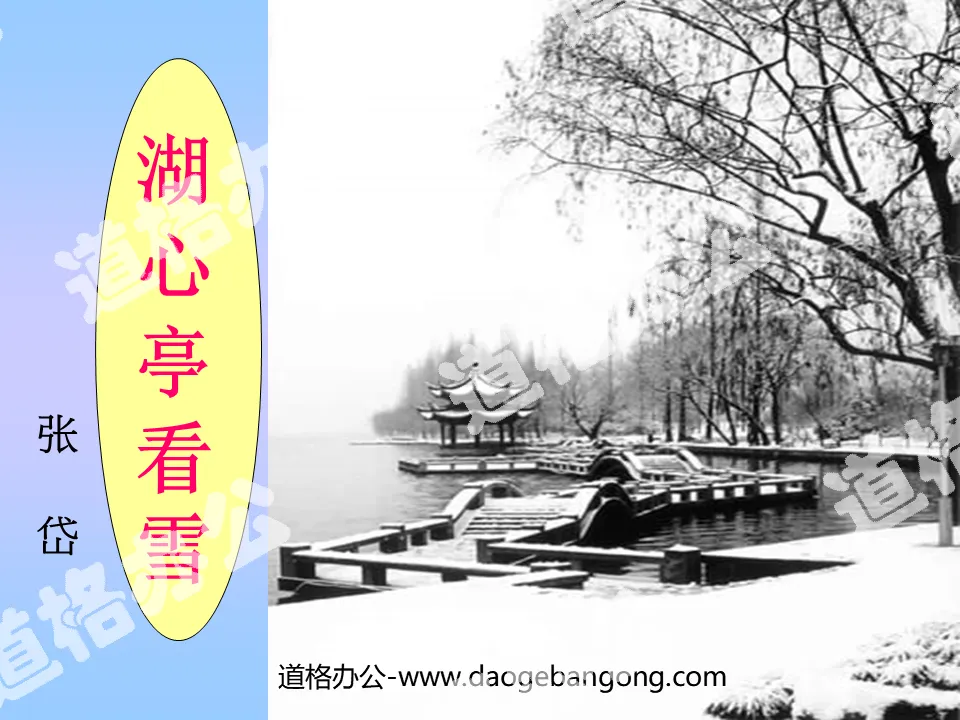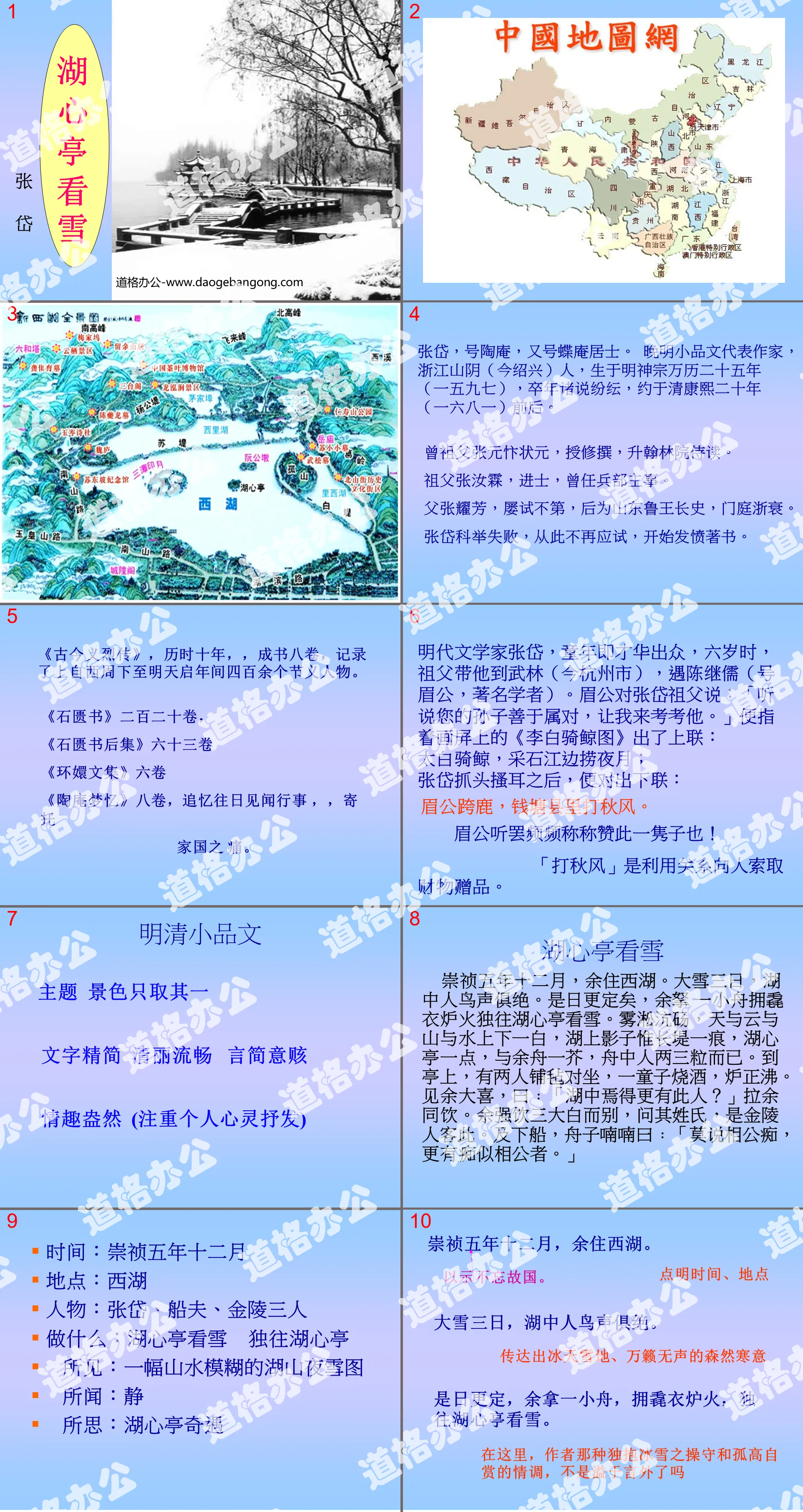The second volume of first-grade Chinese compiled by the People's Education Publishing House
The second volume of fifth-grade Chinese compiled by the People's Education Publishing House
The first volume of Chinese language for eighth grade compiled by the People's Education Publishing House
The first volume of first-grade Chinese compiled by the People's Education Publishing House
The first volume of ninth-grade Chinese compiled by the People's Education Publishing House
The first volume of fourth-grade Chinese compiled by the People's Education Publishing House
The first volume of Chinese language for sixth grade compiled by the People's Education Publishing House
The second volume of Chinese language for eighth grade compiled by the People's Education Publishing House
The first volume of Chinese language for fifth grade compiled by the People's Education Publishing House
The first volume of second-grade Chinese compiled by the People's Education Publishing House
Hunan Education Edition Third Grade Chinese Language Volume 1
The second volume of fourth-grade Chinese compiled by the People's Education Publishing House
The second volume of second-grade Chinese compiled by the People's Education Publishing House
The first volume of third-grade Chinese compiled by the People's Education Publishing House
The second volume of Chinese language for sixth grade compiled by the People's Education Publishing House
The second volume of seventh-grade Chinese compiled by the People's Education Publishing House

| Category | Format | Size |
|---|---|---|
| People's Education Press eighth grade Chinese language volume 1 | pptx | 6 MB |
Description
"Watching Snow in the Pavilion in the Heart of the Lake" PPT Courseware 2
Zhang Dai, also known as Tao'an, also known as Die'an lay scholar. A representative writer of sketches in the late Ming Dynasty, he was born in Shanyin (now Shaoxing), Zhejiang Province. He was born in the 25th year of Wanli Emperor Shenzong of the Ming Dynasty (1597). There are different opinions on the year of his death, which was about the 20th year of Emperor Kangxi of the Qing Dynasty (1681). before and after.
His great-grandfather, Zhang Yuan, was the number one scholar, taught compilation and writing, and was promoted to a scholar in the Hanlin Academy. His grandfather, Zhang Rulin, was a Jinshi and once served as the chief of the Ministry of War. His father, Zhang Yaofang, failed in many trials and later became the eldest son of the King of Lu in Shandong. His family declined in Zhejiang. Zhang Dai failed the imperial examination and stopped taking the exam, and began to write books vigorously.
"The Biography of Yi Lie in Ancient and Modern Times" lasted ten years and was written in eight volumes, recording more than 400 righteous figures from the Western Zhou Dynasty to the Qi Dynasty of tomorrow.
Zhang Dai, a litterateur in the Ming Dynasty, had outstanding talent in his childhood. When he was six years old, his grandfather took him to Wulin (now Hangzhou), where he met Chen Jiru (a famous scholar named Meigong). Duke Mei said to Zhang Dai's grandfather: "I heard that your grandson is good at attributes, so let me test him." Then he pointed to the "Picture of Li Bai Riding a Whale" on the screen and wrote the first couplet:
Taibai rode a whale, quarrying by the river to fish for the moon at night; Zhang Dai scratched his head and scratched his ears, and then wrote the following couplet:
After hearing this, Mr. Mei repeatedly praised this Junzi!
In terms of description techniques, "Looking at the Snow in the Pavilion in the Heart of the Lake" mainly uses line drawing. The wonders of the West Lake and the elegant taste of the people who visit the lake reflect each other. "Jiang Snow" mainly uses the technique of contrasting, and the scenery is used to design the characters.
In terms of emotions expressed, "Looking at the Snow in the Pavilion in the Heart of the Lake" expresses the author's noble self-admiration and slight melancholy, while "Snow on the River" expresses the author's loneliness of not being able to appreciate his talent.
Keywords: Snow in the Pavilion at the Lake Pavilion courseware PPT, New People’s Education Edition eighth grade Chinese PPT courseware download, eighth grade Chinese slide courseware download, Snow at the Pavilion in the Lake PPT courseware download, .PPT format
For more information about the PPT courseware "Watching Snow at Lake Pavilion", please click on the "Watching Snow at Huxin Pavilion" ppt tag.
"Watching Snow in the Pavilion in the Heart of the Lake" PPT quality courseware:
The first part of the high-quality PPT courseware "Watching Snow at the Pavilion in the Heart of the Lake": The text introduces the fact that the West Lake is very beautiful in spring. Bai Juyi loved the east side of the lake, and the white sand embankment in the shade of green poplars; in summer, Su Shi wanted to compare the West Lake to the West Lake, and always put on heavy makeup and light makeup. Suitable; in autumn, Yang Wanli only said that the mountains are desolate in autumn...
"Watching Snow in the Pavilion in the Heart of the Lake" PPT free courseware download:
"Looking at the Snow in the Pavilion in the Heart of the Lake" PPT free courseware download Part 1: Learning objectives 1. Read the text and feel the author's noble feelings of independence from the world and his unconventional attitude towards life. (Key points) 2. Learn the use of line drawing techniques in this article, and appreciate the text's integration of narrative, scene description, and lyricism..
"Looking at the Snow in the Pavilion in the Heart of the Lake" PPT free download:
"Watching Snow in the Pavilion in the Heart of the Lake" PPT Free Download Part One Content: The text is introduced to the students. All scenery language is love language. If the author has a spring in his heart, then the scenery he writes will be full of spring; if the author has a tenderness in his heart, then The scenery in his paintings is warm...
File Info
Update Time: 2024-11-22
This template belongs to Chinese courseware People's Education Press eighth grade Chinese language volume 1 industry PPT template
"Watching Snow in the Pavilion in the Heart of the Lake" PPT Courseware 2 Simple campus recruitment activity planning plan summary enterprise and institution recruitment publicity lecture PPT template is a general PPT template for business post competition provided by the manuscript PPT, simple campus recruitment activity planning plan summary enterprise and institution recruitment promotion Lecture PPT template, you can edit and modify the text and pictures in the source file by downloading the source file. If you want more exquisite business PPT templates, you can come to grid resource. Doug resource PPT, massive PPT template slide material download, we only make high-quality PPT templates!
Tips: If you open the template and feel that it is not suitable for all your needs, you can search for related content "Watching Snow in the Pavilion in the Heart of the Lake" PPT Courseware 2 is enough.
How to use the Windows system template
Directly decompress the file and use it with office or wps
How to use the Mac system template
Directly decompress the file and use it Office or wps can be used
Related reading
For more detailed PPT-related tutorials and font tutorials, you can view: Click to see
How to create a high-quality technological sense PPT? 4 ways to share the bottom of the box
Notice
Do not download in WeChat, Zhihu, QQ, built-in browsers, please use mobile browsers to download! If you are a mobile phone user, please download it on your computer!
1. The manuscript PPT is only for study and reference, please delete it 24 hours after downloading.
2. If the resource involves your legitimate rights and interests, delete it immediately.
3. Contact information: service@daogebangong.com
"Watching Snow in the Pavilion in the Heart of the Lake" PPT Courseware 2, due to usage restrictions, it is only for personal study and reference use. For commercial use, please go to the relevant official website for authorization.
(Personal non-commercial use refers to the use of this font to complete the display of personal works, including but not limited to the design of personal papers, resumes, etc.)
Preview










